composting plants stricken with powdery mildew?
witeowl
15 years ago
Featured Answer
Comments (12)
Kimmsr
15 years agodigdirt2
15 years agoRelated Professionals
Redondo Beach Landscape Architects & Landscape Designers · Wilmington Landscape Contractors · Ashburn Landscape Contractors · Brockton Landscape Contractors · Broomfield Landscape Contractors · Methuen Landscape Contractors · Middletown Landscape Contractors · South Portland Landscape Contractors · Waltham Landscape Contractors · West Allis Landscape Contractors · Clermont Decks, Patios & Outdoor Enclosures · Crystal Lake Decks, Patios & Outdoor Enclosures · Fort Collins Decks, Patios & Outdoor Enclosures · Hendersonville Decks, Patios & Outdoor Enclosures · Hobart Decks, Patios & Outdoor Enclosureswiteowl
15 years agotoxcrusadr
15 years agoKimmsr
15 years agotcstoehr
15 years agoRooftopia, LLC
4 years agotapla (mid-Michigan, USDA z5b-6a)
4 years agorifis (zone 6b-7a NJ)
4 years agoarmoured
4 years agogardengal48 (PNW Z8/9)
4 years ago
Related Stories

GARDENING GUIDESGreat Design Plant: Rosa Banksiae a Low-Maintenance Beauty
This thornless, disease- and insect-resistant rose brings showers of white or yellow flowers to the spring garden
Full Story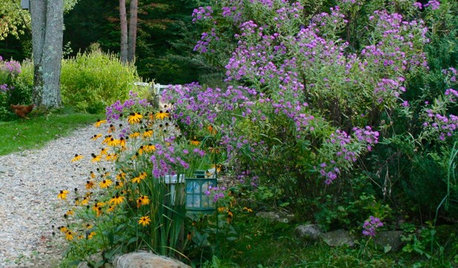
GARDENING GUIDESTop 10 Native Plants for the Northeast
For a low-maintenance, wildlife-friendly landscape, use native plants adapted to the climate and range of soils in the Northeast
Full Story
GARDENING GUIDESNew Ways to Think About All That Mulch in the Garden
Before you go making a mountain out of a mulch hill, learn the facts about what your plants and soil really want
Full Story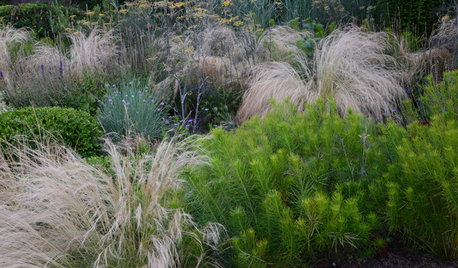
GARDENING GUIDES4 Ways to Break the Rules in Your Garden
For a more creative landscape design, take a different approach to planting
Full Story
EDIBLE GARDENSSummer Crops: How to Grow Squash
Almost foolproof and with cheerful flowers, squash comes in a wide range of varieties to plant in spring
Full Story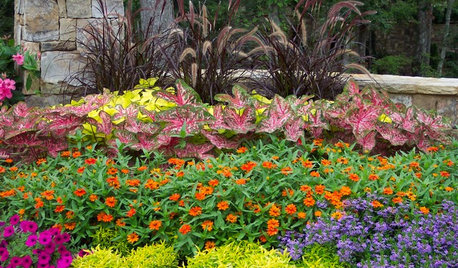
GARDENING GUIDESTexas Gardener: What to Do in July
Beat the heat with sun-loving blooms, pest control, good lawn care and sun protection. Pick up the pace for planting and planning
Full Story
GARDENING GUIDESCalifornia Gardener's August Checklist
Share the veggie wealth, help plants sip smartly and don't forget to enjoy the simple pleasure of relaxing in your garden
Full Story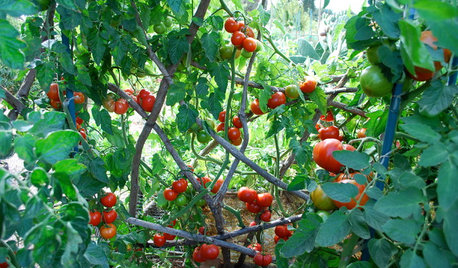
GARDENING GUIDESTexas Gardener's March Checklist
So long, freezing temperatures. It's time to kick off spring planting, lavish attention on lawns and sprinkle seeds to your heart's content
Full Story0
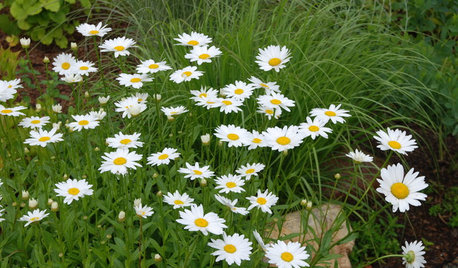
FLOWERSBest Cutting-Garden Beauties for Late Summer
Pick blooms bursting with color or in classic white for bouquets to give away or keep all to yourself
Full Story
GARDENING GUIDES20 Favorite Flowers for Butterflies and Bouquets
Discover perennials and annuals that do double duty as butterfly magnets and versatile cut flowers
Full Story






lynxe